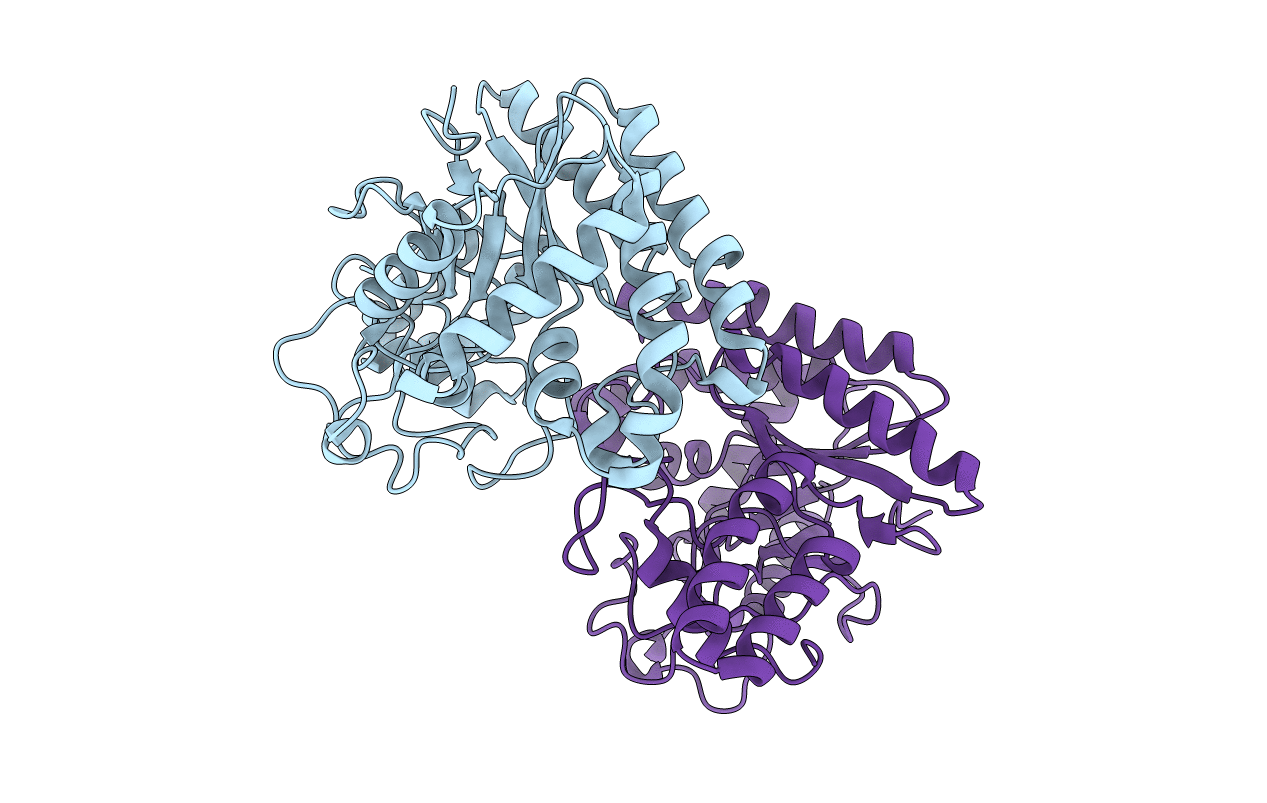
Deposition Date
2000-02-08
Release Date
2001-02-08
Last Version Date
2024-11-13
Method Details:
Experimental Method:
Resolution:
1.60 Å
R-Value Free:
0.24
R-Value Work:
0.18
Space Group:
P 21 21 2


